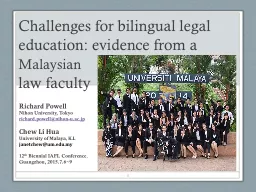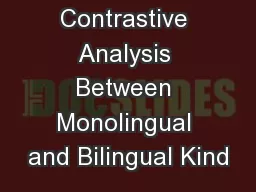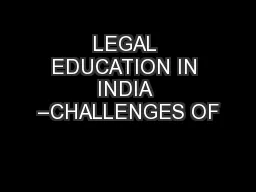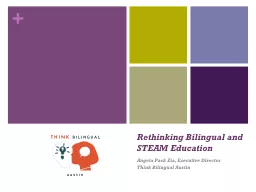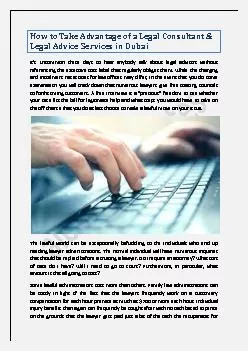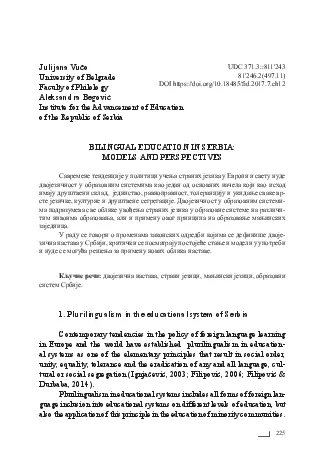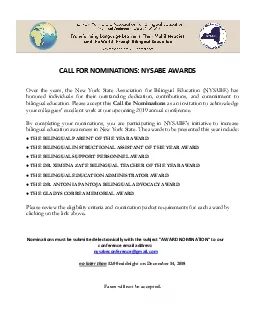PPT-Challenges for bilingual legal education: evidence from a
Author : debby-jeon | Published Date : 2016-10-15
Malaysian l aw faculty Richard Powell Nihon University Tokyo richardpowellnihon uacjp Chew Li Hua University of Malaya KL janetchewumedumy 12 th Biennial IAFL
Presentation Embed Code
Download Presentation
Download Presentation The PPT/PDF document "Challenges for bilingual legal educatio..." is the property of its rightful owner. Permission is granted to download and print the materials on this website for personal, non-commercial use only, and to display it on your personal computer provided you do not modify the materials and that you retain all copyright notices contained in the materials. By downloading content from our website, you accept the terms of this agreement.
Challenges for bilingual legal education: evidence from a: Transcript
Download Rules Of Document
"Challenges for bilingual legal education: evidence from a"The content belongs to its owner. You may download and print it for personal use, without modification, and keep all copyright notices. By downloading, you agree to these terms.
Related Documents

